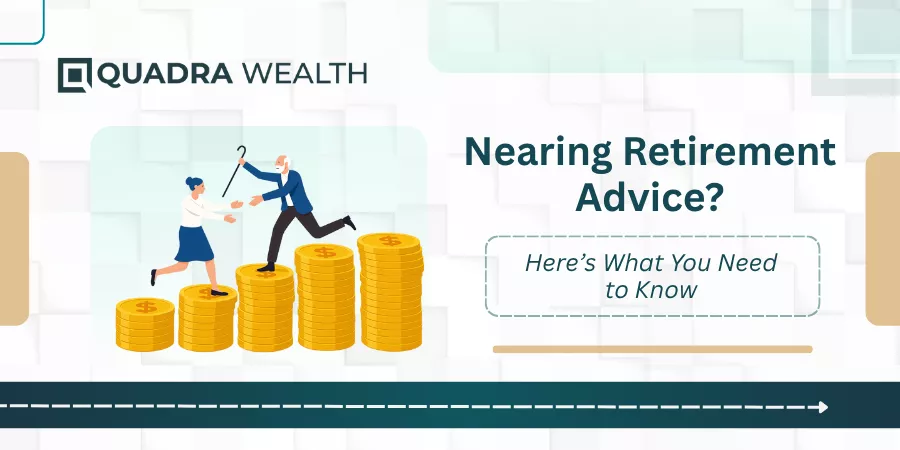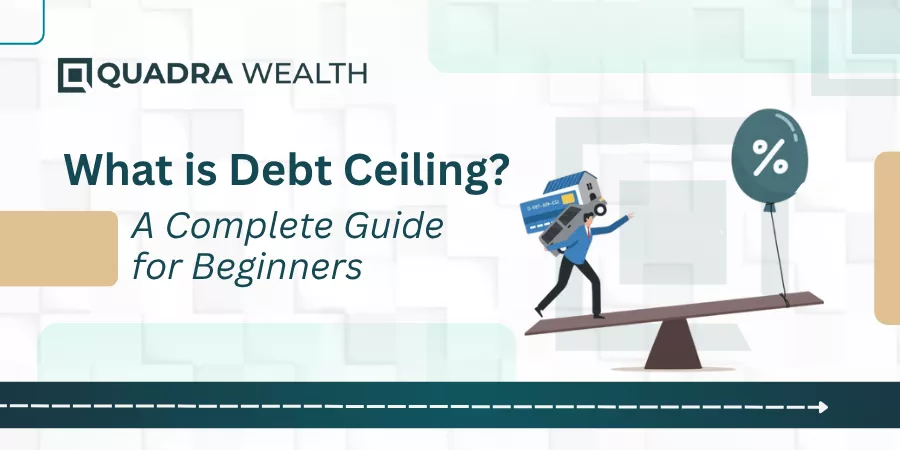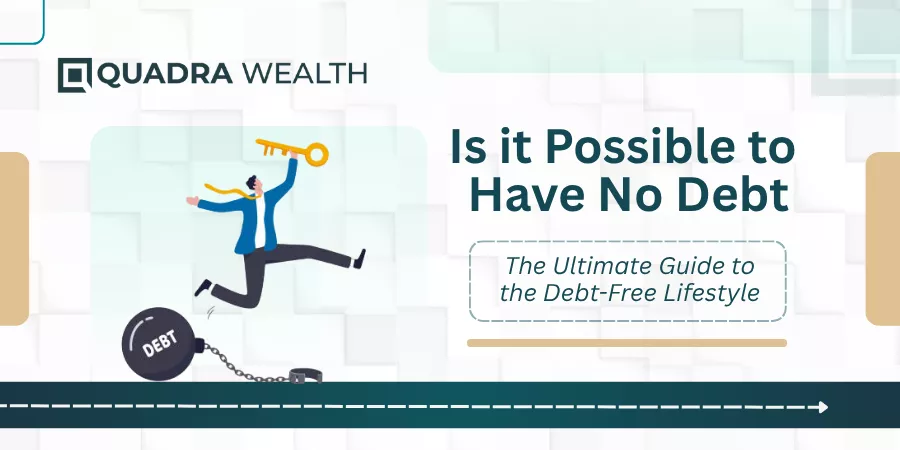Introduction
Here, the initial purchase points must touch or exceed specific prices set by product-issuing firms. If underlying prices reach expected sale points or final points by the time of redemption, the investors get their capital wallet and interest earnings back.
On the contrary, if the initial purchase points of underlying notes of RCNs do not reach specific sale points by the tenor period of these notes, then they convert into equity shares of different companies as allocated for investors by product-issuing firms.
On a similar parlance, let us answer the blog title ‘What Are Features, Benefits And Risks For RCNs?’
What are the primary features of RCNs?
These are the primary features that stand associated with RCNs. Let us have a rundown of pointers connected with the same:
Hybrid Investment Structure
Just like any other form of structured note, RCNs also have a dual structural outlay. These notes comprise debt and equity. The debt portion of the notes provides an overall layer of capital protection or downside risk mitigation of the investor’s principal wallet.
The equity portion or the derivative component of the notes indicates better returns of investment as the portfolio is exposed to the rising values of underlying equity assets these notes would be tied to.
Principal protection vis-a-vis equity protection
On the contrary, even in a worst-case scenario of assets falling below barrier limits, the investors get their capital converted into equity shares and stocks of different firms.
They can sell these shares later in the market for reasonable product margins to get their capital wallet back.
Underlying asset allocation
The asset allocation for RCNs comprises stocks, shares, or a basket of high-paying securities. The assets predominantly comprise equity based assets as these are reverse convertible notes that convert into equity if the assets do not reach specific levels as set on them by product issuance firms.
Coupon payouts
The investors seek higher coupon payouts for RCNs compared to what they can receive from bonds, debentures, CDs, or fixed-income securities. This is because they assume the risk of having their capital converted into equity. Thus, the attractive coupon payouts are commensurate with the risk factors associated with RCNs.
Lower tenor periods
The investment period or the tenor period for RCNs varies from 1 to 3 years. The product issuers monitor the prices of underlying assets at specific intervals.
If the assets reach knock-in levels or exceed barrier limits, then the investors get their investment comprising their principal and interest earnings via wireless bank settlements.
If the assets do not touch specific prices within the maturity period of the notes, then the capital sum gets converted into equity shares or stocks.
Knock-ins vis-a-vis the convertible feature
The prices of underlying assets must touch or exceed the knock-in levels as designated by product issuers at the time the RCNs are being designed. If the prices do not touch the designated sale points, then the investors may not get their capital settlements as cash value. Rather, their capital gets converted into equity shares which can be par or even lesser than the investment capital or principal amount.
What are the benefits for RCNs?
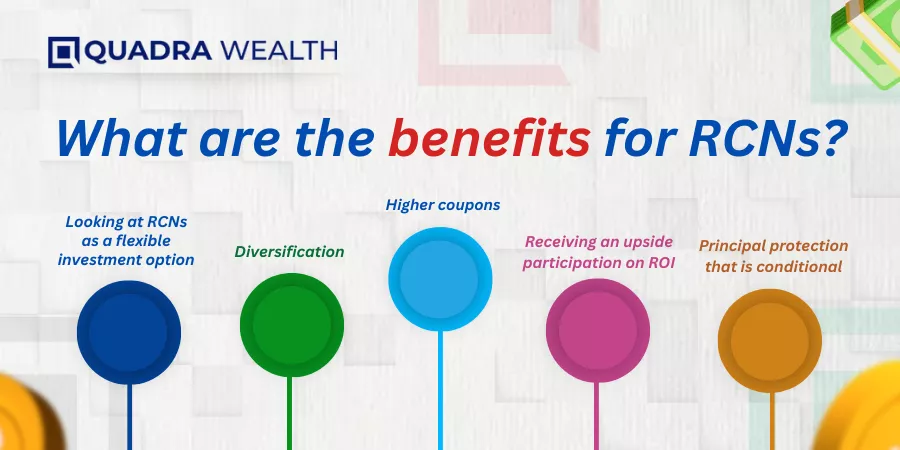
These are the following benefits that are associated with RCNs. Let us have a rundown of pointers connected with the same:
Higher coupons
The investors are rewarded with higher coupon yields as compared to traditional bonds or fixed-income securities. The RCN investors, therefore benefit immensely from periodic coupon payouts that help them in meeting their immediate financial goals.
Potential for receiving an upside participation of returns on investment
The Investors have a potential to capitalize the enhanced returns of investment in terms of receiving coupon payouts that are lucrative and attractive as a portfolio basket. These RCNs provide coupon payouts that equal the principal investment if the assets of underlying equity maintain or exceed knock-in levels.
Principal protection that is conditional
Diversification
Investors can encash on the diversified income earning portfolios RCNs can expose them to. You get your principal as cash or equity shares. Plus, you get higher coupons as compared to traditional bonds or fixed-income securities. Therefore, you can avail your investment upon the end of maturity. Plus, receive regular payments via coupons. Therefore, this is a diversified investment portfolio that takes care of your immediate and long-term financial obligations.
Looking at RCNs as a flexible investment option
You can expose your foresight to equity exposure while the portfolio safeguards your capital wallet by a greater deal indeed. Despite volatile market conditions, you can get your capital investment as cash or get the settlement converted into equity shares for the same or slightly lower amounts. Therefore, these RCNs tailor themselves to specific market overviews such as neutral to slightly bullish overviews on the overall investment portfolios, making them flexible investing havens.
What are the risk factors for RCNs?
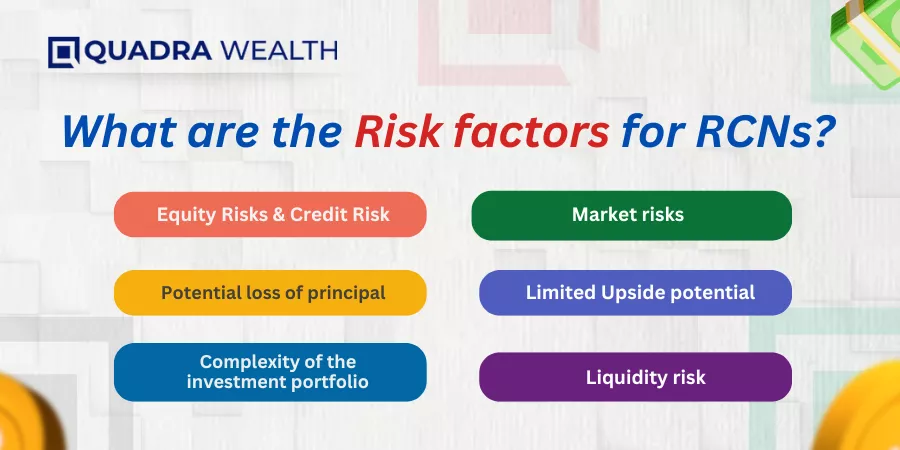
These are the pertinent risk factors that are associated with RCNs. Let us have a rundown into the same:
Equity Risks
The investors get their potential returns on investment only if the underlying assets of the notes perform well in the markets. If the RCNs do not do well, then the investor may receive a value of shares that is way less than his principal investment.
Potential loss of principal
If the underlying assets fare way below specified knock-in levels, then the investors may face the risk of losing a substantial portion of their capital or principal investment.
Complexity of the investment portfolio
RCNs have complex terms and conditions for a newbie or amateur investor to learn or understand. This is primarily because RCNs have capital conversion, knock-in limits, or coupon calculations that might require a more careful degree of understanding and scrutiny.
Credit risk
If the product issuing firm of the RCNs faces the risk of signing up for their bankruptcy/ insolvency due to credit or liquid concerns, then the investors may have to face the brunt of losing their principal investment as well as interest earnings the RCNs were initially backed up with.
Market risks
The investors of RCNs have to keep on determining the market prices of underlying assets to know if they are capable of receiving their investment money or not. The rising bullish markets or the falling bearish markets allow prices of equity assets to keep on fluctuating. Until the tenor period or end of redemption, you would never know if you are going to receive your principal investment as a cash settlement or receive equity shares in lieu of the same.
Limited Upside potential
The investors of RCNs have the potential of returns on investment restricted or capped to the extent of coupon payments as decided on the portfolios by product issuance firms. Therefore, even if the underlying assets of RCNs perform exceedingly well, their potential to receive income is restricted to coupons and not the complete value of the underlying assets.
Liquidity risk
RCNs face liquidity risks as the notes are not easy to sell, unlike bonds or equity shares. The investors may have to wait until the end of maturity to get the notes tendered as a cash or equity settlement.
The Bottom Line
Otherwise, investors get their principal money converted into equity. Therefore, this is an option that high-adrenaline-rush investors choose over that of retirees, pensioners, or senior citizens who may aim to receive their principal investment in cash as the redemption period nears or the notes lean towards maturity.
What are your thoughts on this? Do mention it in the comments below!
Frequently Asked Questions or FAQs
Does the price of the stock determine the overall value of the investment with respect to investing in RCNs?
Answer: Yes, the prices of underlying assets determine the coupon rates and mitigate the risks involved in RCNs. If the performance of an underlying stock or equity-linked asset goes below specified barriers, then investors face a higher risk of receiving RCNs as a cash settlement. You must understand the basic structure of RCNs before you make an initial investment in the same.
Does the interest rate offer higher yields than traditional bonds and stocks?
Answer: Yes, the coupon payouts for RCNs are attractive as investors assume the risk of allowing their principal amount to convert into equity. The assets may have a ‘call’ or put option that acts as ceiling walls against capital degradation. The rcns may also come to you via capital gains tax slabs to reduce taxes that accure on your overall investment portfolio as you receive receive shares in lieu of your cap investments if the underlying assets or stock prices do not touch high-yield values as compared to knock-in prices.
How do you check the volatility or risk tolerance of this investment portfolio?
Answer: You must approach financial institutions online or offline to check what lies in store for you with rcns on downside protection of your capital wallet. You can also approach a tax expert to get income tax guidelines on how coupons or redemption values are taxed with respect to reverse convertible structured notes



